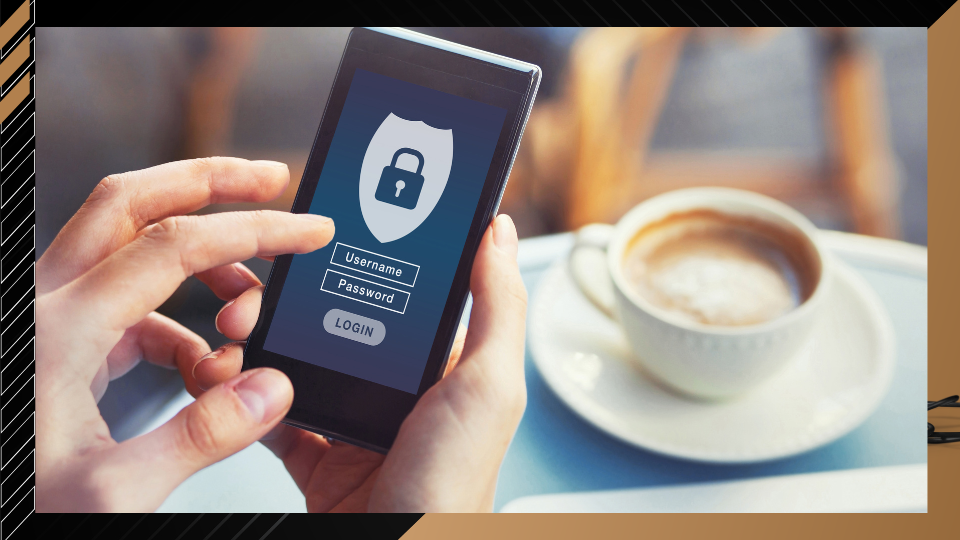Technology
The Art of Strong Passwords: Protecting Your Online Accounts

In today’s digital age, strong passwords are your first line of defense against unauthorized access to your online accounts. However, with the increasing number of accounts we create and manage, it’s tempting to resort to weak and easily guessable passwords.
We will explore the art of creating strong passwords and discuss essential strategies for protecting your online accounts. By implementing these practices, you can significantly enhance your digital security and safeguard your personal information from potential threats.
Understand the Importance of Strong Passwords
Before diving into creating strong passwords, it’s crucial to have a primer on digital security and understand why strong passwords are vital for protecting your online presence. Digital security encompasses various measures and practices to safeguard your data, financial information, and online identity from unauthorized access.
Weak passwords can be easily cracked by automated tools or determined hackers, compromising your data, financial information, and online identity. Strong passwords, on the other hand, provide a robust barrier against unauthorized access. They serve as the first line of defense in protecting your online accounts from brute-force attacks and unauthorized entry.
Key Elements of a Strong Password
A strong password typically consists of several key elements:
a) Length: Aim for a minimum of 12 characters or more. The longer the password, the more difficult it becomes to crack. The longer the password, the more difficult it becomes to crack, ensuring better security for your project management platform.
b) Complexity: Include a combination of uppercase and lowercase letters, numbers, and special characters. Avoid using common patterns or dictionary words.
c) Uniqueness: Use different passwords for each online account to prevent a domino effect if one password is compromised.
Avoid Common Mistakes
Many individuals fall into common pitfalls when creating passwords. Avoid these mistakes:
a) Obvious Information: Stay away from passwords based on personal information such as your name, birth date, or address.
b) Common Phrases or Words: Refrain from using common phrases, famous quotes, or easily guessable words. Hackers can easily crack these.
c) Sequential or Repeated Characters: Avoid using sequences like “123456” or repeated characters like “aaaaaa.” They are easily guessable and vulnerable to brute-force attacks.
In addition to avoiding common password mistakes, organizations can implement employee experience strategies prioritizing security and convenience. This can include providing training and education on password best practices, offering password managers or password generators to simplify password creation and management, and adopting multi-factor authentication as an extra layer of security.
Utilize Password Managers
Managing multiple strong passwords can be challenging. Fortunately, password managers offer a convenient solution by securely storing and organizing your passwords. These tools not only generate and remember complex passwords for you but also provide additional features to enhance your digital security. Alongside password managers, leveraging free online collaboration tools alongside password managers can further streamline your collaboration efforts. Here’s how password managers and free online collaboration tools can benefit you:
- Password Managers: Password managers serve as a centralized hub for all your passwords. They securely store your login credentials and allow you to generate unique, strong passwords for each of your online accounts.
- Autofill and Synchronization: Password managers simplify the login process by auto-filling your credentials on websites and applications. This feature eliminates the hassle of typing passwords manually and helps prevent mistakes or typos.
Password managers offer a convenient solution by securely storing and organizing your passwords. These tools generate and remember complex passwords for you, eliminating the need to memorize them. Password managers also provide features like autofill, synchronization across devices, and additional security measures like two-factor authentication.
Implement Two-Factor Authentication
Two-factor authentication (2FA) adds an extra layer of security to your accounts. It requires users to provide a second form of verification, typically a temporary code sent to their mobile device, along with their password. Enable 2FA whenever possible, as it significantly enhances the security of your online accounts, even if your password is compromised.
By comparing different security measures, including 2FA, you can make an informed decision about which methods to prioritize when securing your online accounts. It’s important to note that while 2FA significantly enhances security, it should be used in conjunction with other best practices, such as creating strong passwords, keeping your devices and software up to date, and being cautious of phishing attempts.
To further compare and evaluate security measures, including 2FA, you can refer to comparison charts and guides available online.
Conclusion
Strong passwords are crucial for protecting your online accounts and personal information. You can significantly enhance your digital security by understanding the importance of strong passwords, incorporating key elements like length and complexity, avoiding common mistakes, utilizing password managers, and implementing two-factor authentication. Remember, creating and maintaining strong passwords is an ongoing effort. Regularly update and change your passwords, especially after data breaches or suspicious activities. With these strategies, you can fortify your online defenses, reduce the risk of unauthorized access, and enjoy greater peace of mind in our increasingly interconnected digital world.


















